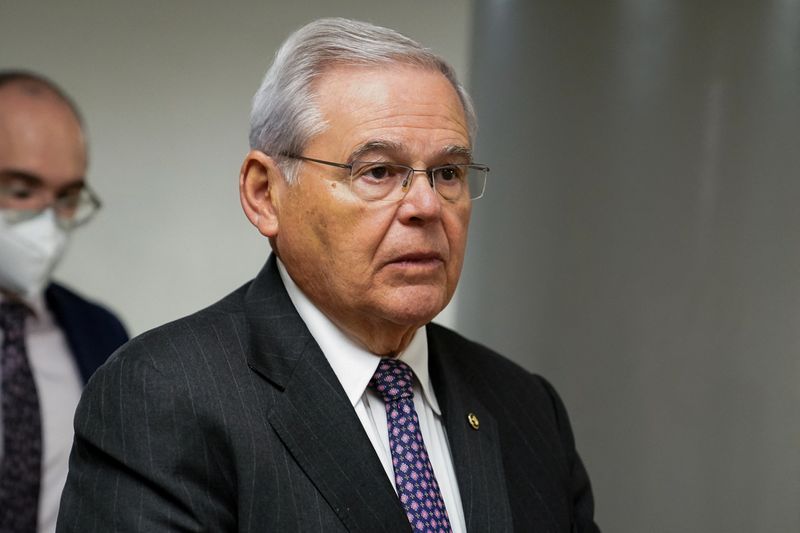TRENTON, NJ – With all the talk about the resignation of New Jersey U.S. Senator Robert Menendez after an alarming corruption, bribery and extortion indictment, few are talking about what happens if he does resign.
New Jersey Governor Phil Murphy called for Menendez to resign this week, but it’s also Murphy who will choose an interim replacement until next year’s election.
“The allegations in the indictment against Senator Menendez and four other defendants are deeply disturbing. These are serious charges that implicate national security and the integrity of our criminal justice system. Under our legal system, Senator Menendez and the other defendants have not been found guilty and will have the ability to present evidence disputing these charges, and we must respect the process.,” he said. “However, the alleged facts are so serious that they compromise the ability of Senator Menendez to effectively represent the people of our state. Therefore, I am calling for his immediate resignation.”
Technically, Murphy could even nominate himself to replace Menendez.
So what happens once a U.S. Senator resigns or dies in office?
Understanding the Process: How a U.S. Senator is Officially Replaced After Resignation or Death
The United States Senate is one of the two chambers of Congress and plays a critical role in shaping the nation’s laws and policies. Senators serve six-year terms, but sometimes they may need to leave office before their term is up due to resignation, death, or other circumstances. When that happens, how is a new Senator chosen to fill the vacant seat? Let’s delve into the official process.
State Governor’s Role in Appointments
The first step in replacing a U.S. Senator who has resigned or died is generally a temporary appointment by the Governor of the state that the Senator represented. According to the Seventeenth Amendment of the U.S. Constitution, the Governor is authorized to make a temporary appointment until a special election can be held. However, some states require the Governor to appoint someone from the same political party as the departing Senator.
Holding a Special Election
Most states hold a special election to fill a Senate vacancy. The timing of this election can vary by state law, but it usually occurs within a certain period following the vacancy. In some states, the special election is scheduled for the next regularly occurring statewide election, whereas other states may set a specific date solely for this purpose.
Interim Appointments
In between the time of the vacancy and the special election, the appointed Senator serves as an interim replacement. This individual has all the powers and responsibilities of a regularly elected Senator but serves only until the special election determines the new officeholder.
After the Special Election
Once the special election is held and a winner is declared, the newly-elected Senator serves for the remainder of the original six-year term, rather than starting a new term. This ensures continuity and minimizes disruption to the Senate’s operations and the representation of the state in question.
Exceptions to the Rule
It’s worth noting that some states have unique rules and procedures for replacing a Senator. For instance, Oregon and Wisconsin do not allow temporary appointments by the Governor and go directly to a special election. Always check state-specific laws for the most accurate information.
The process for replacing a U.S. Senator who has resigned or died is designed to ensure that states continue to be adequately represented in the Senate. While the specific procedures may differ slightly depending on state laws, the general framework involves a temporary appointment by the state Governor, followed by a special election to select a new Senator to complete the remainder of the term.

